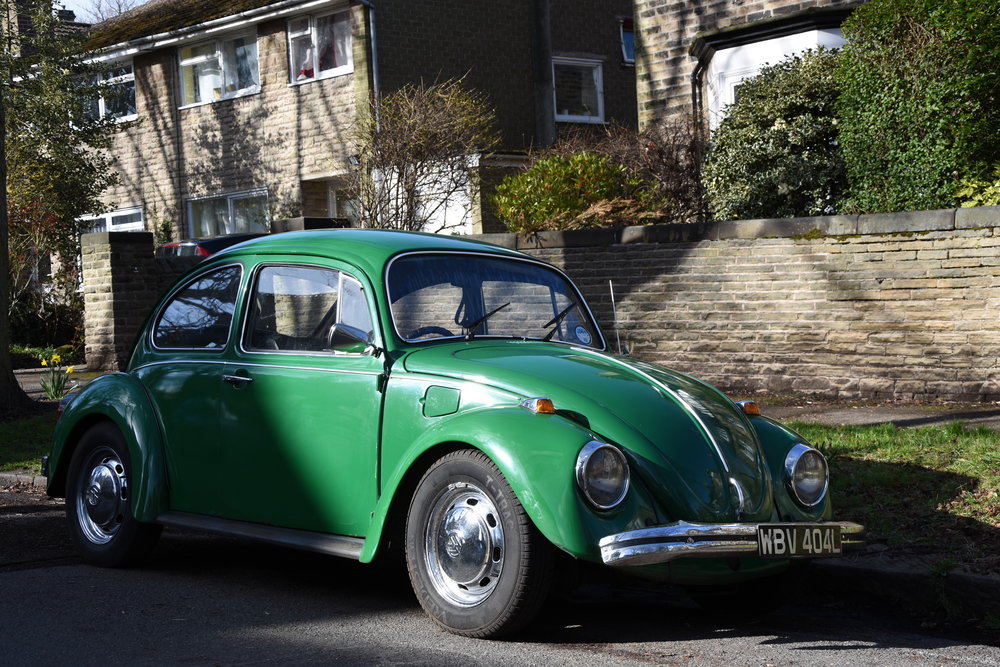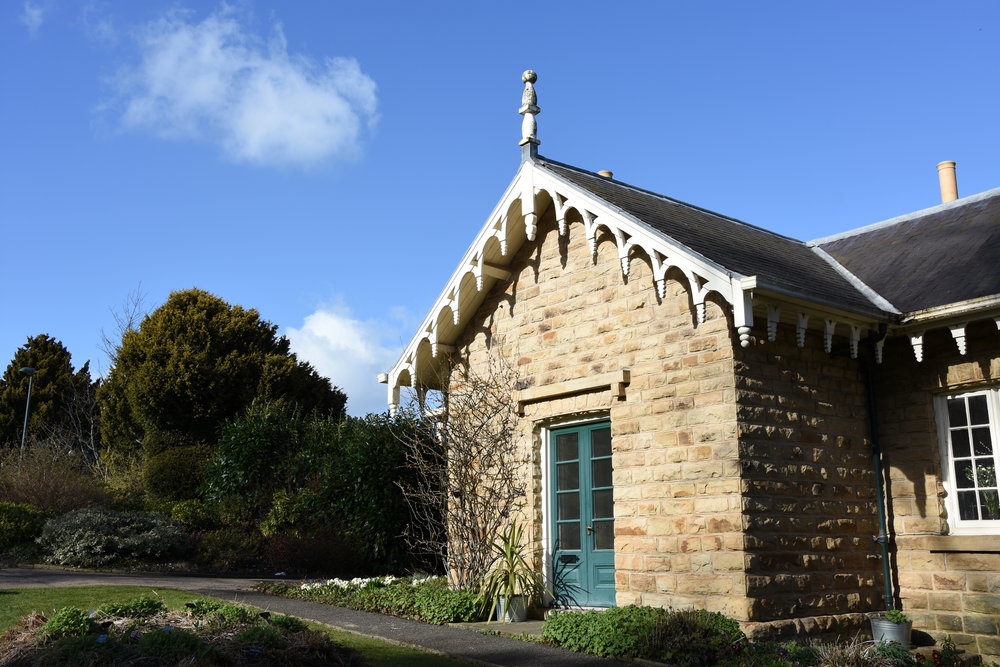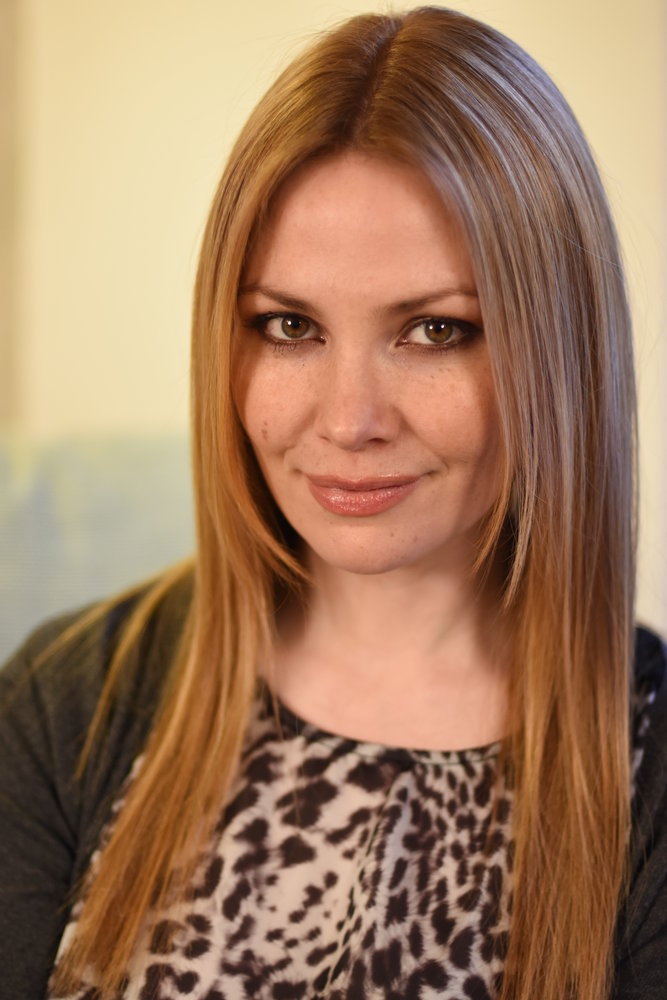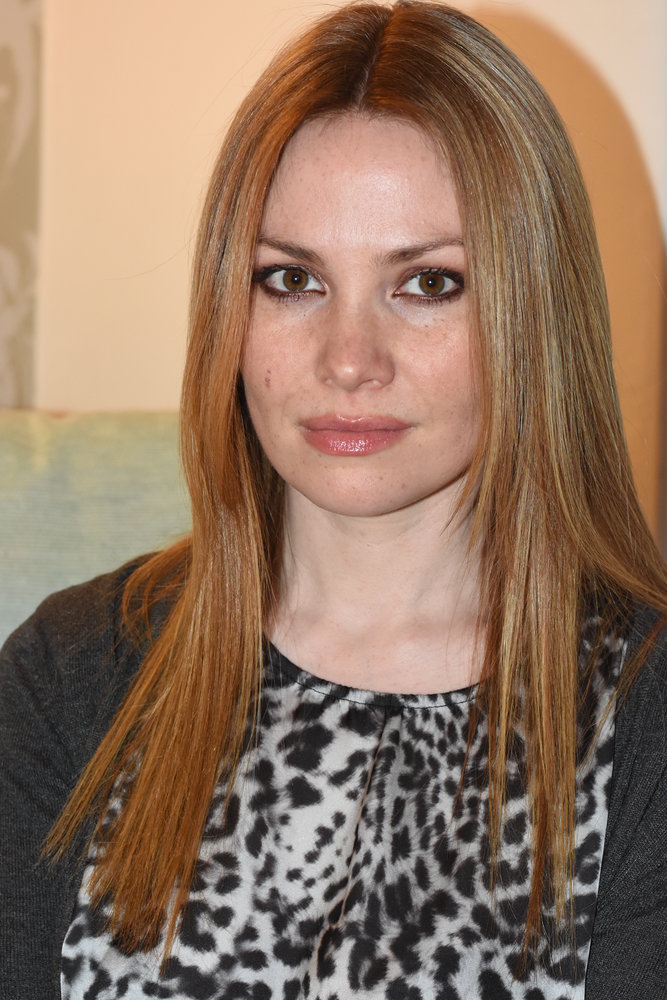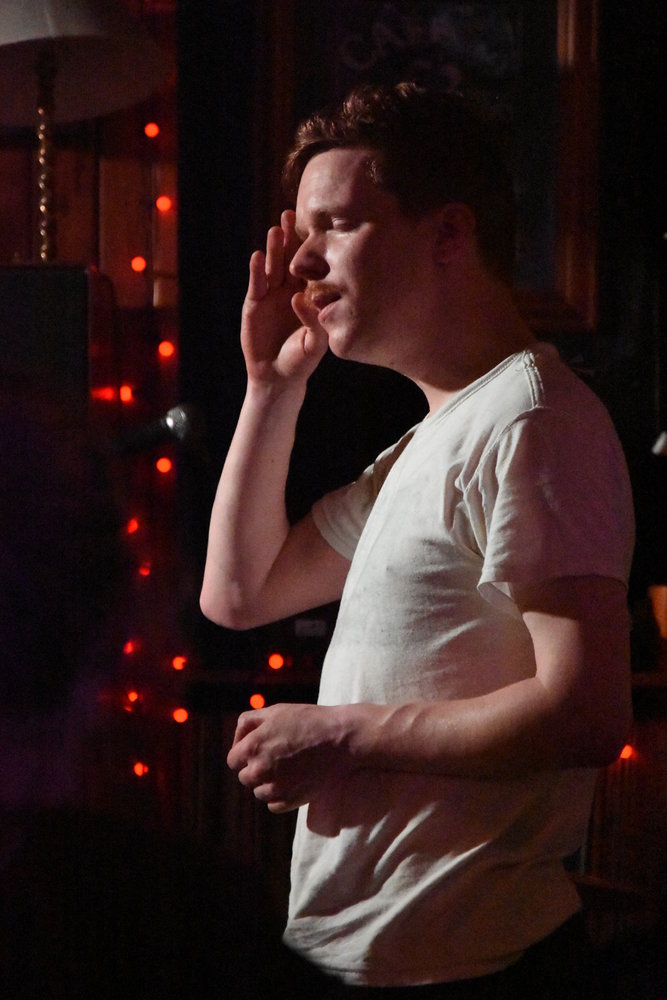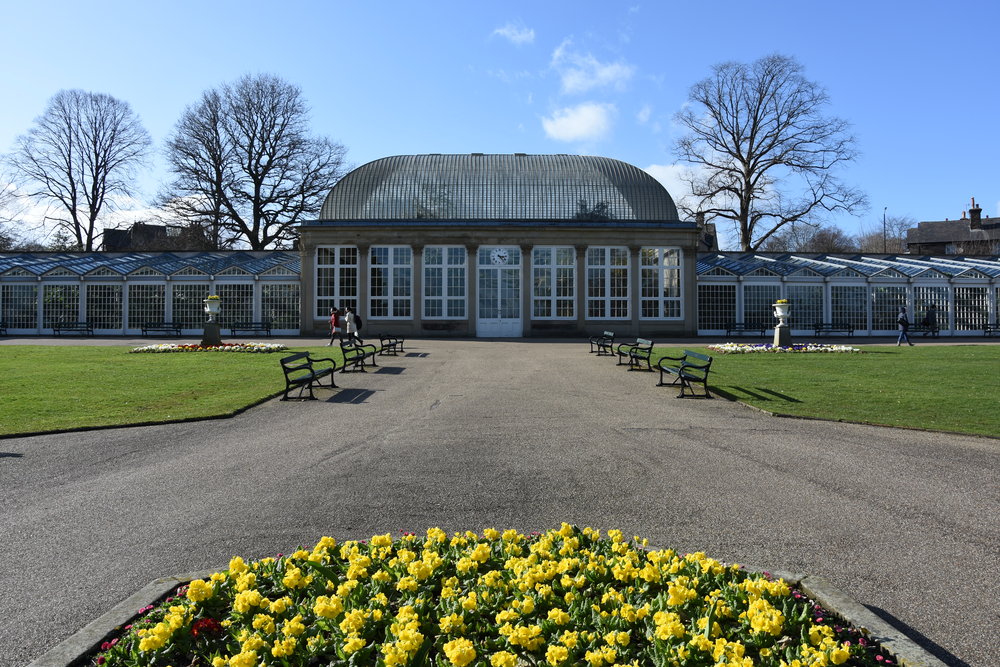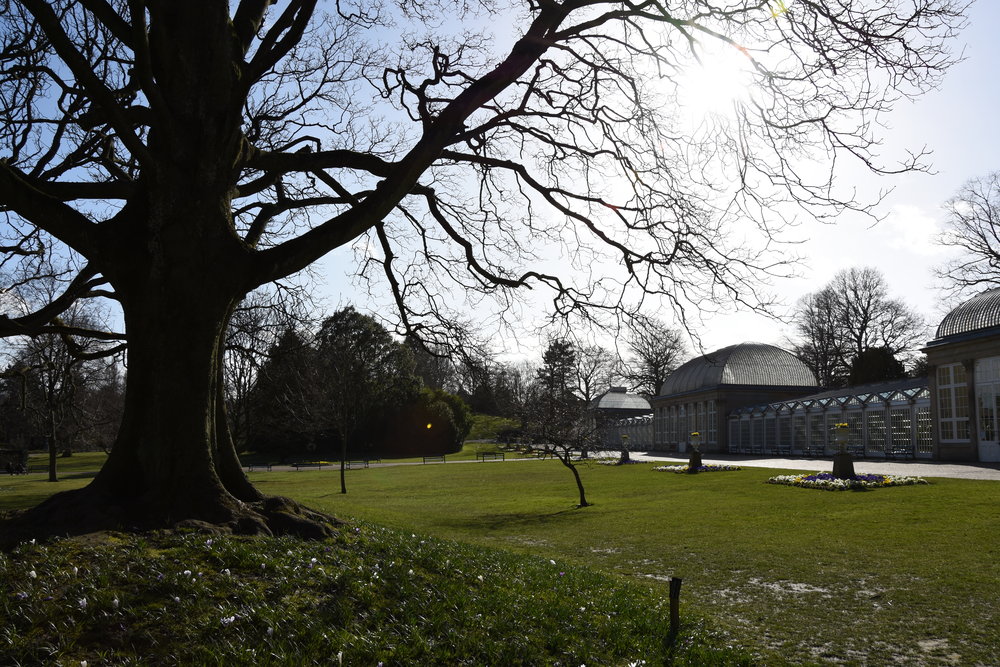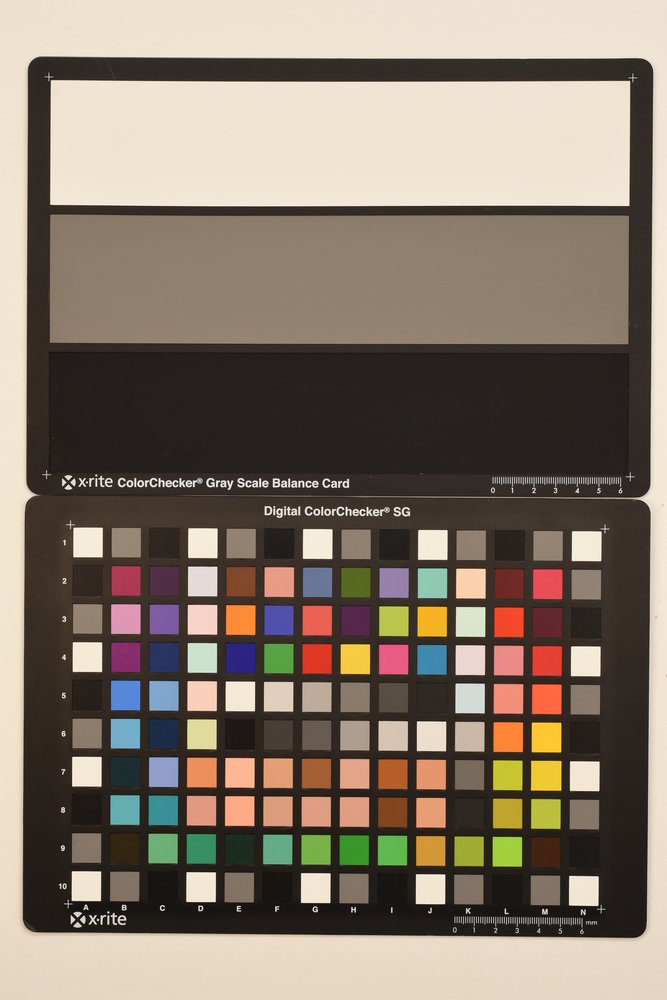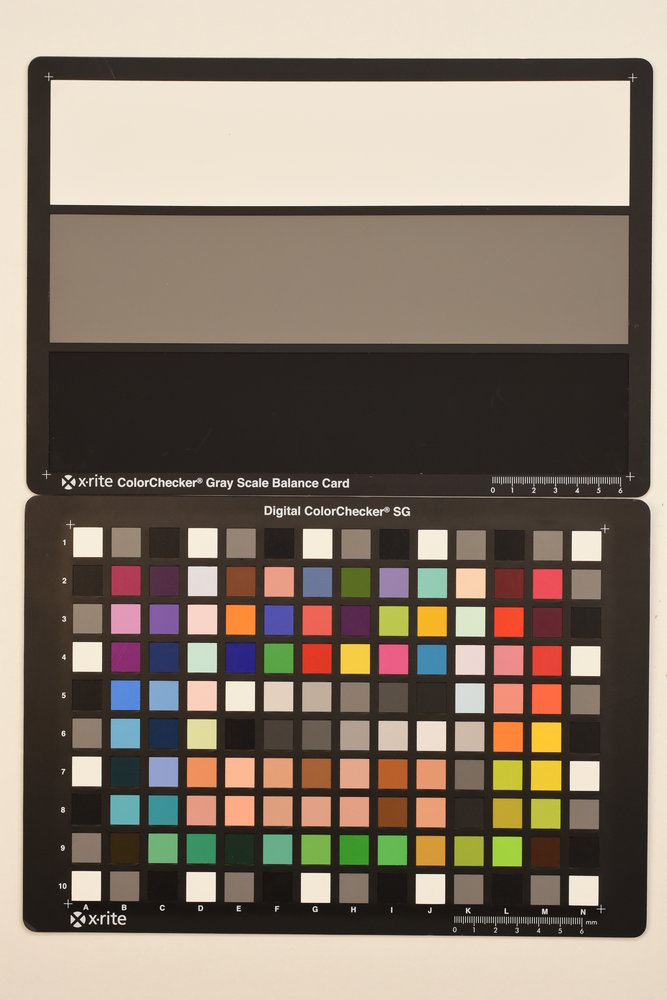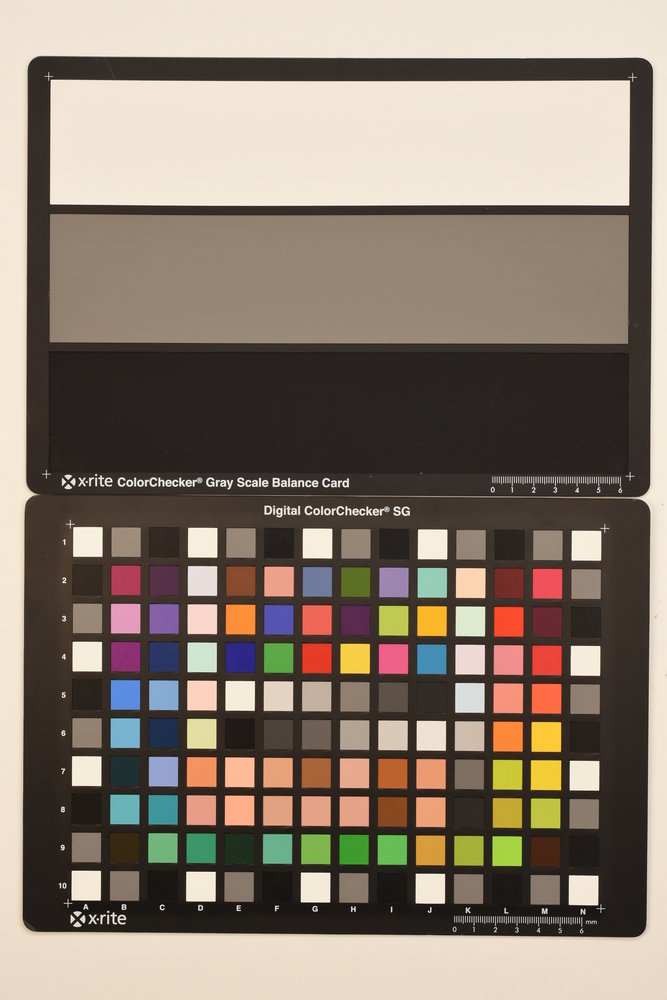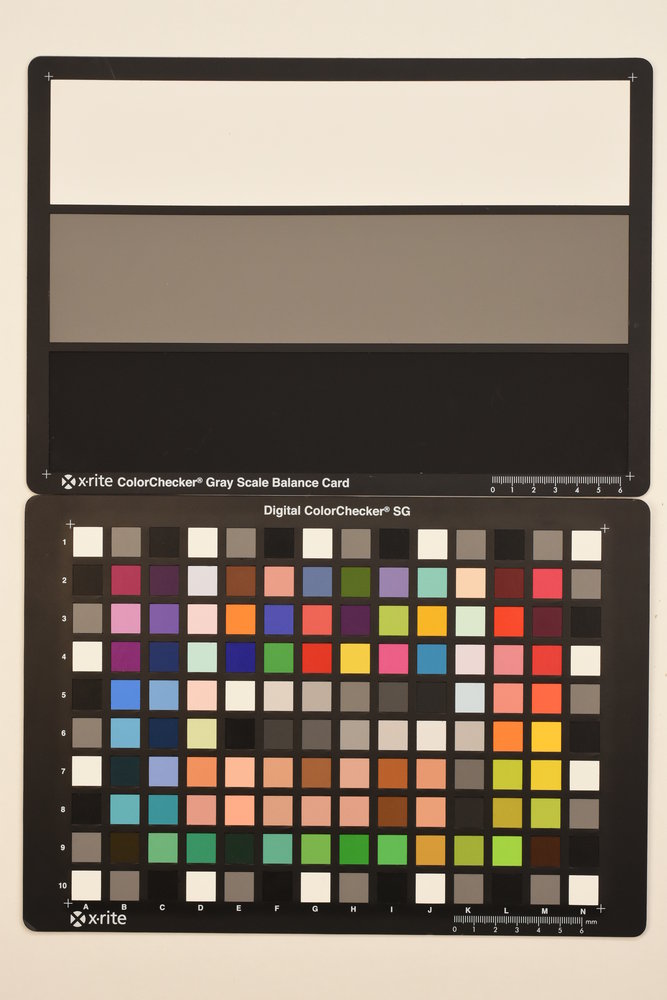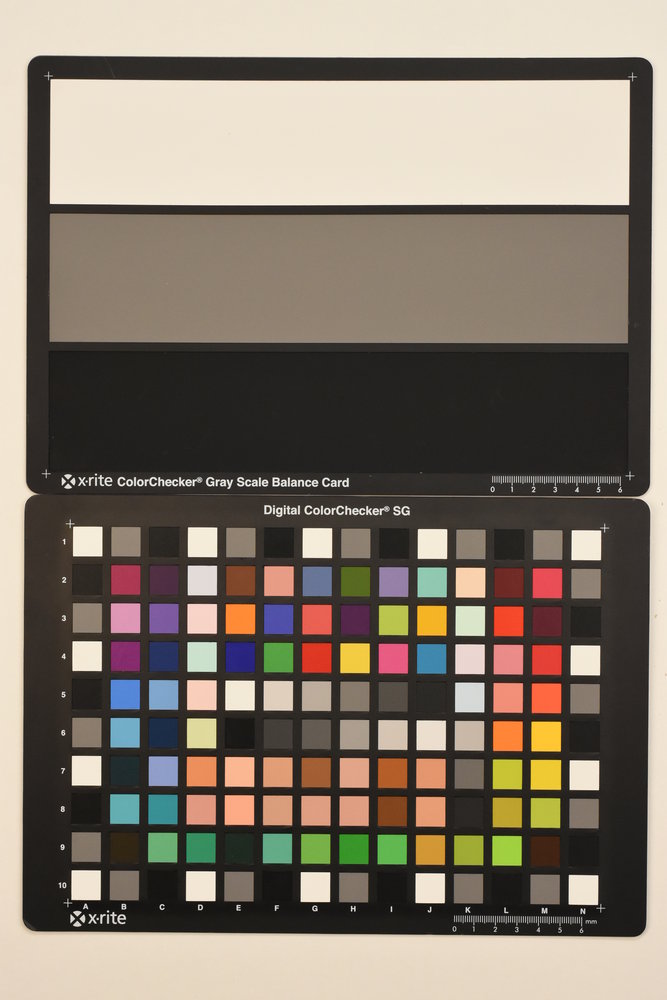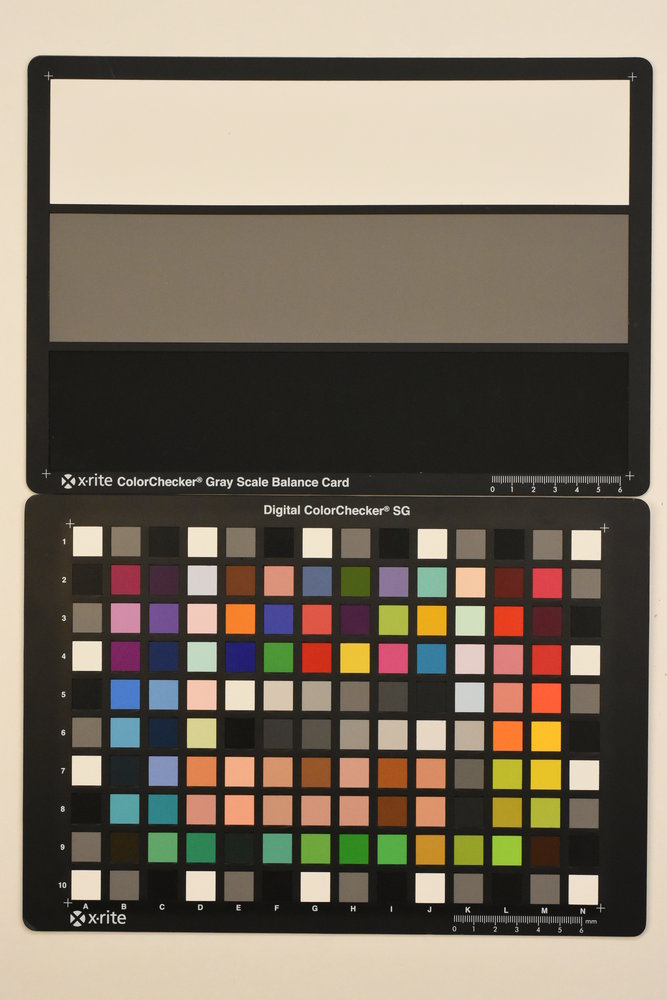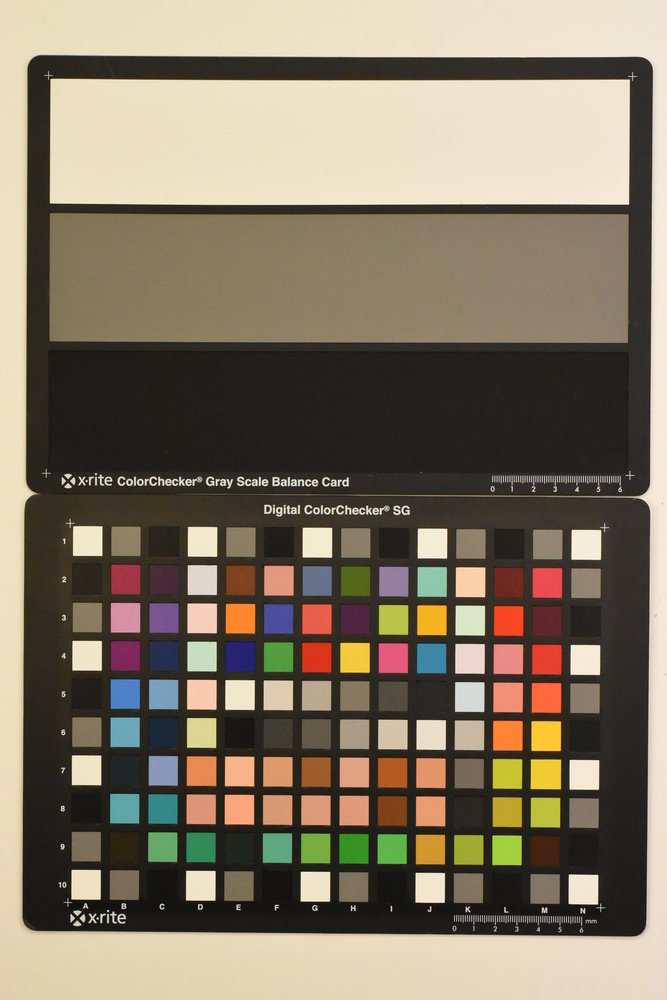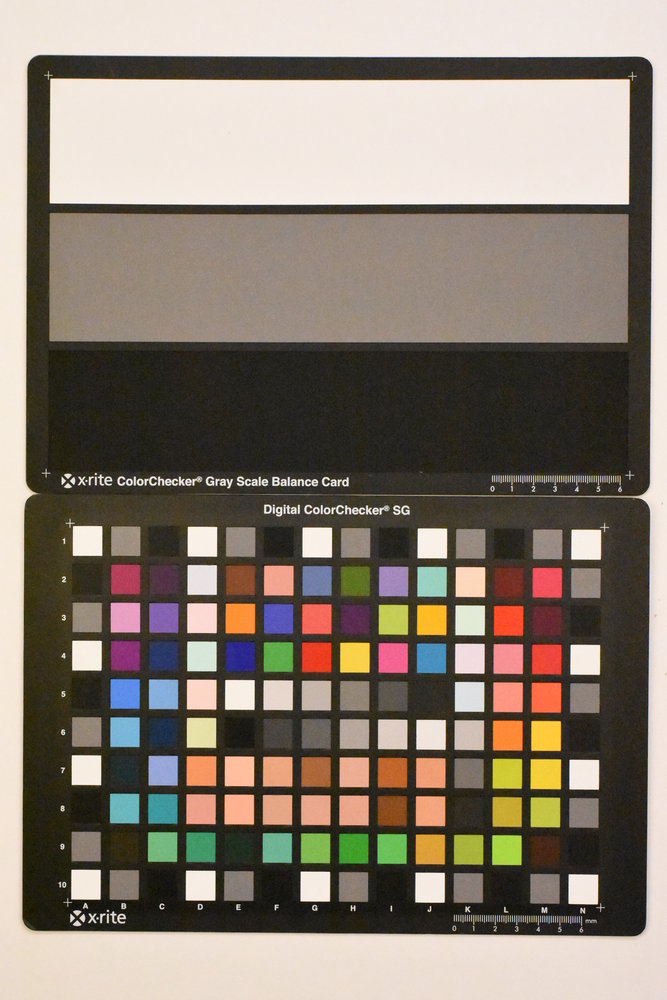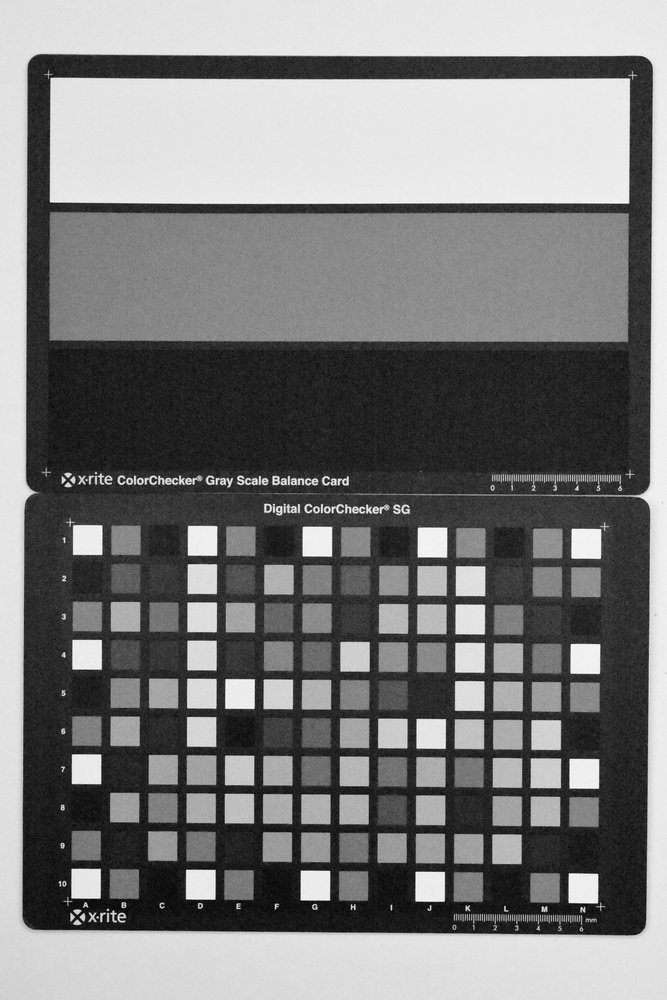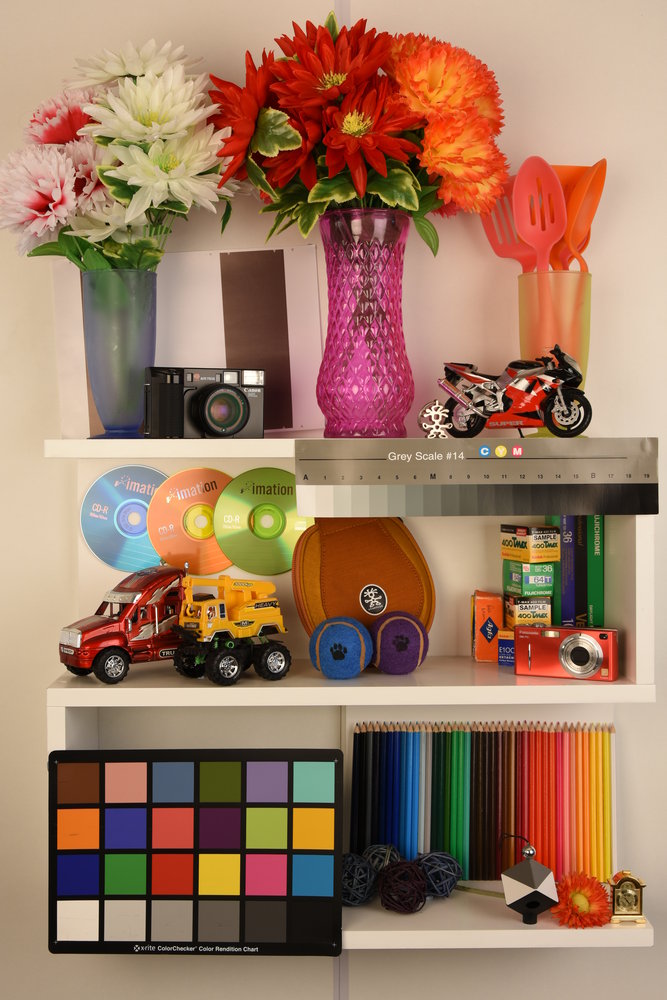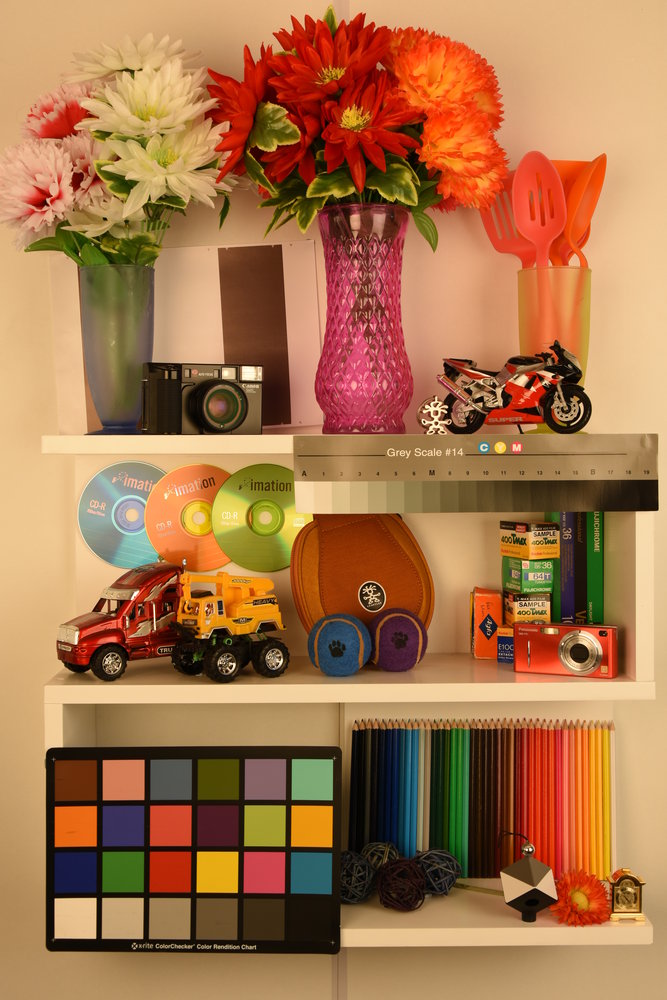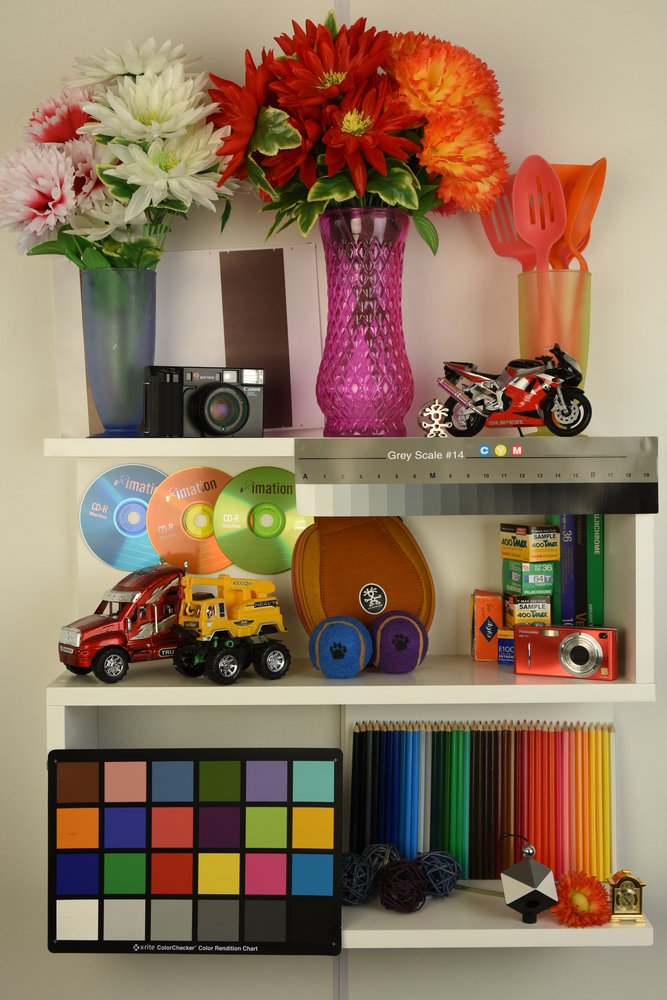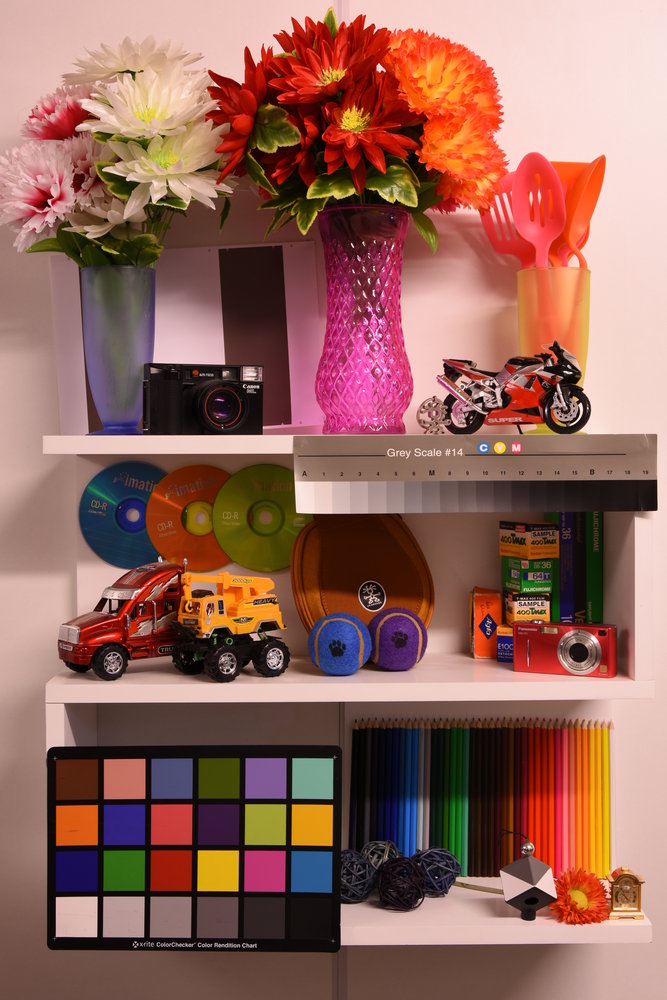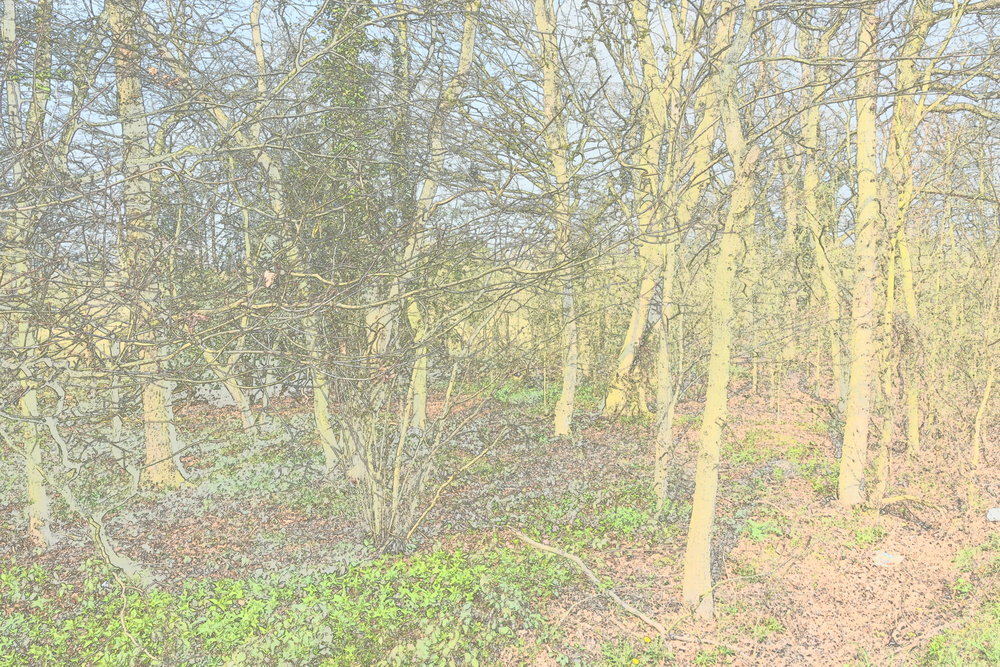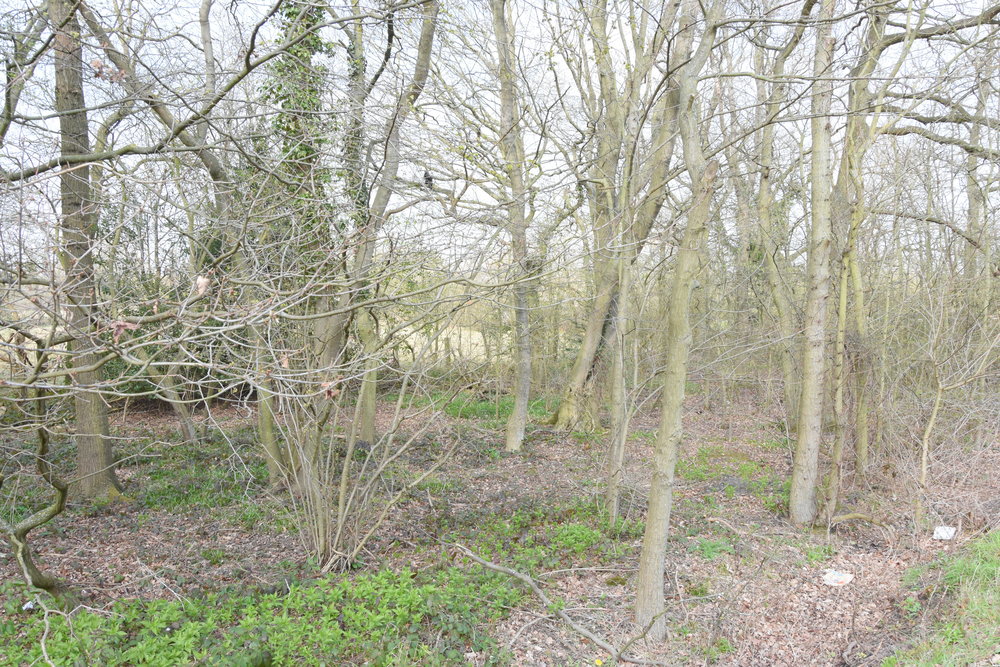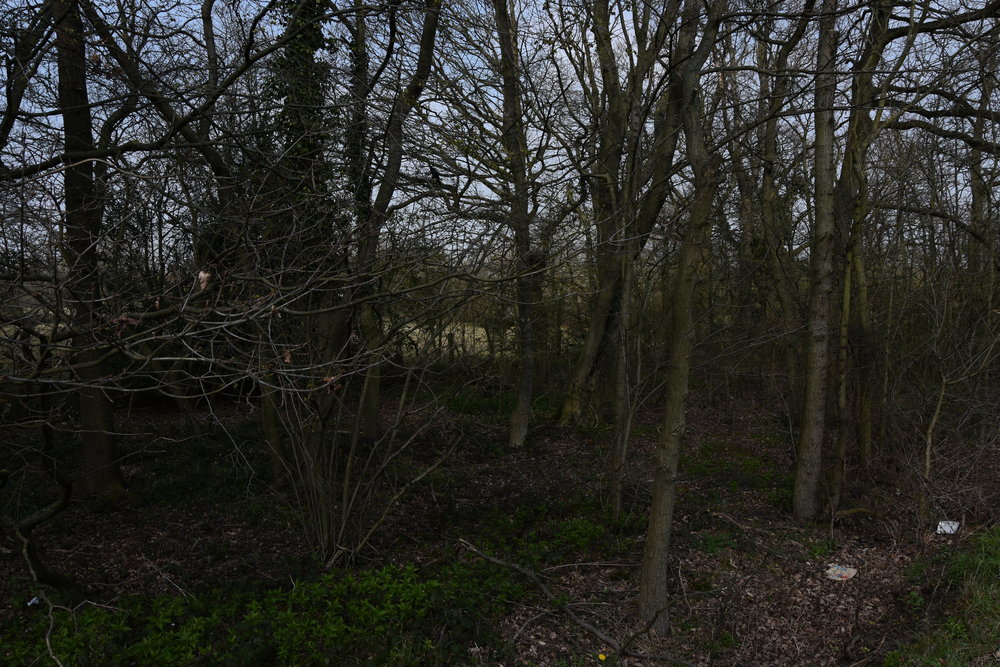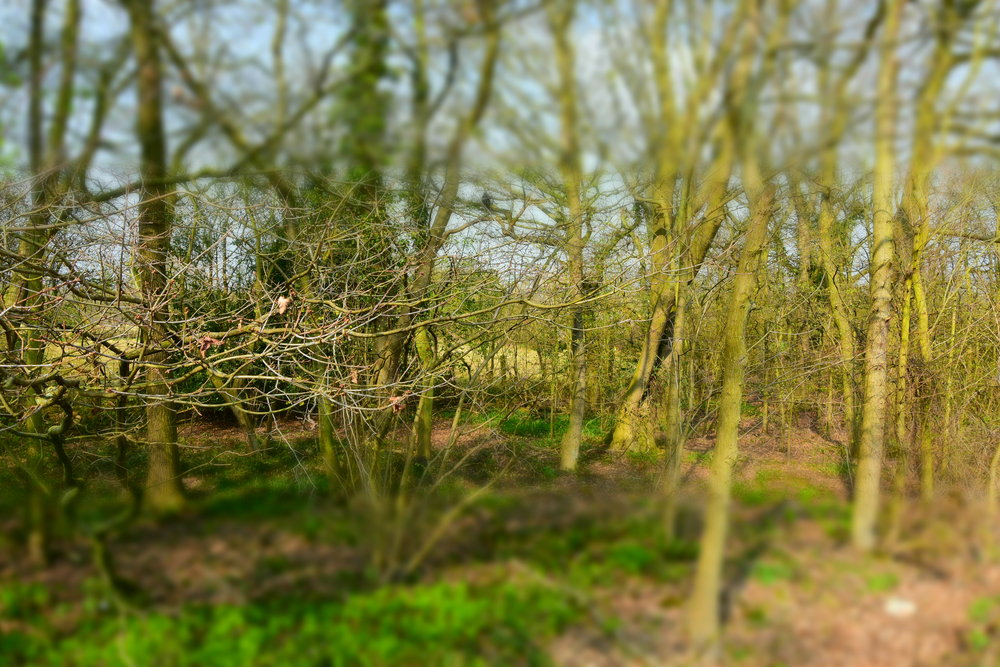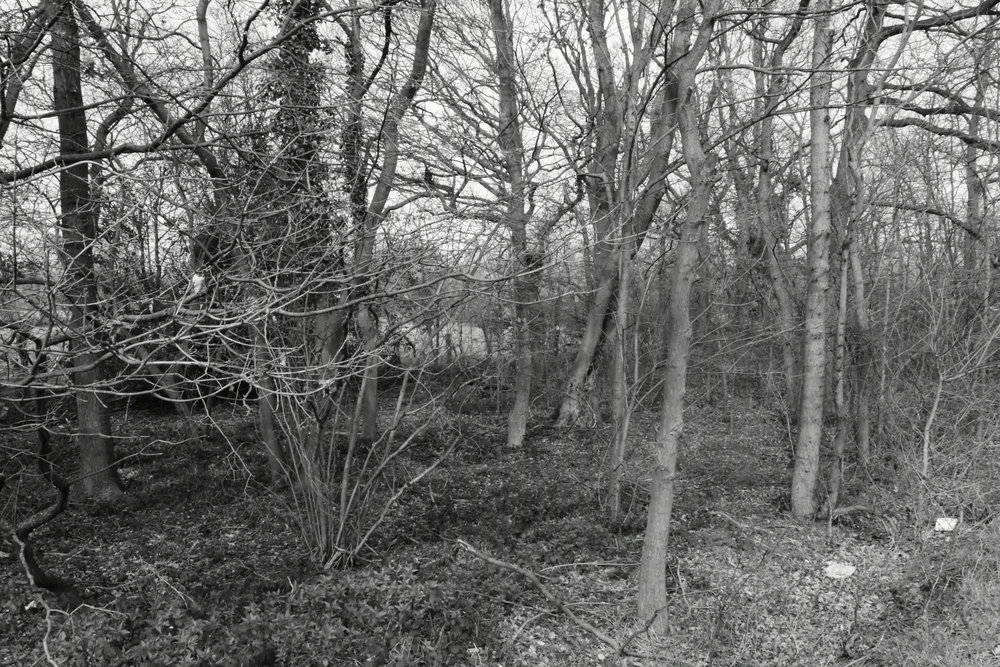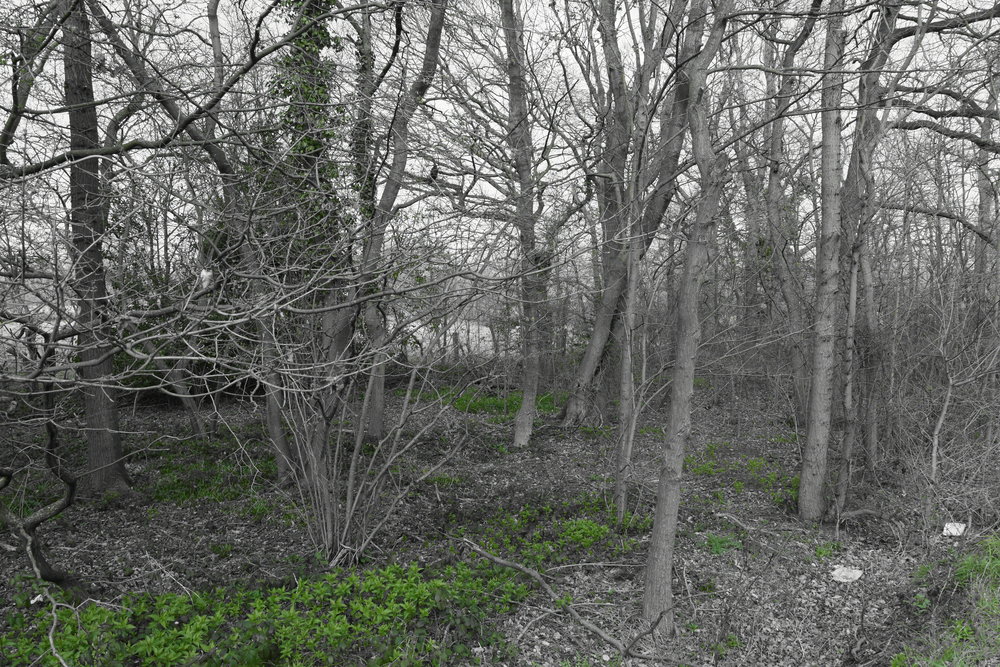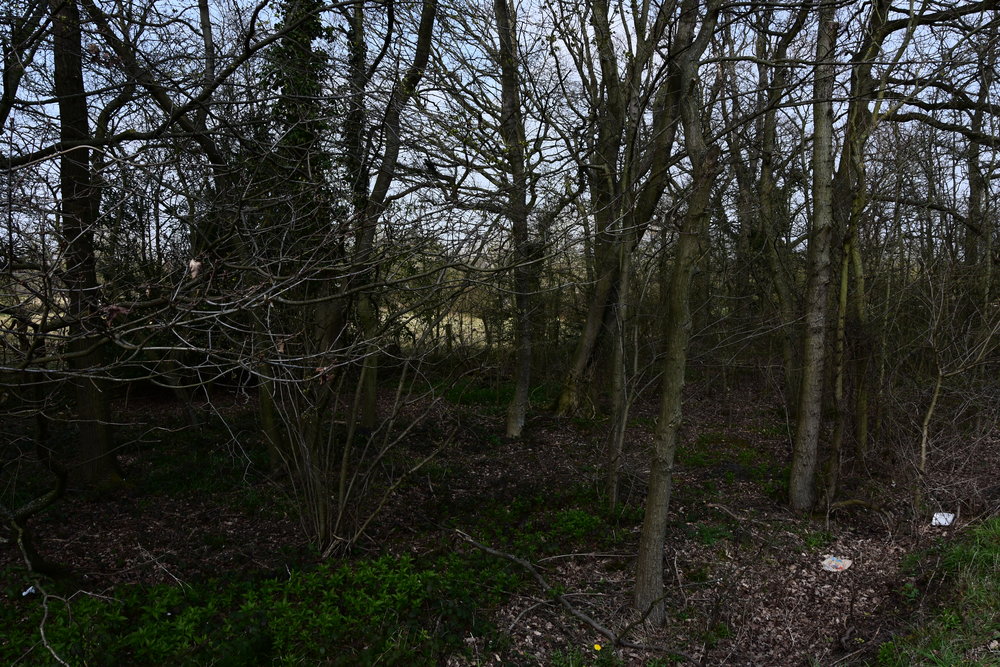Features
Handling
Performance
Verdict
Specification
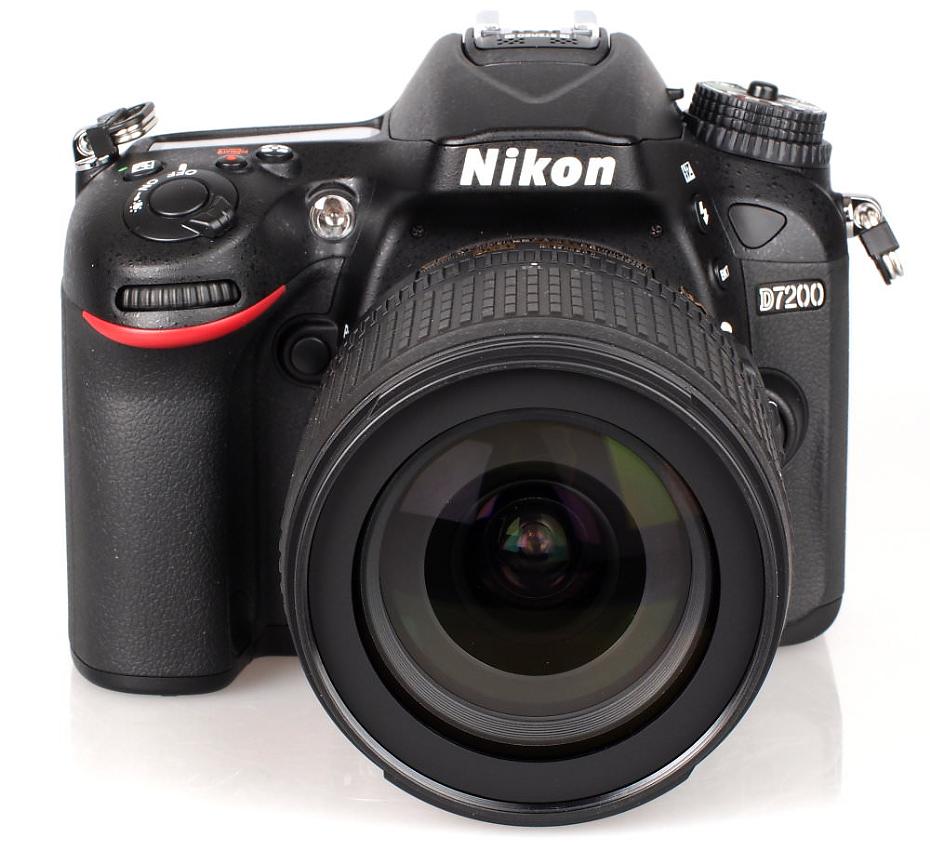
The Nikon D7200 updates the D7100, and has a 24.1 megapixel APS-C DX sized sensor without the optical low pass filter (OLPF or AA Filter) - this should enable sharp, detailed images, and the camera offers 6fps continuous shooting, 51 focus points, and a number of improvements over the D7100 including a new focus unit that focuses down to -3 EV, plus the addition of built-in Wi-Fi and NFC. The updated D7200 offers an increased ISO range, now natively going from ISO100 to ISO25600, and then in extended ISO mode, the camera will go to an impressive ISO102400, albeit in black and white.
Nikon D7200 Features
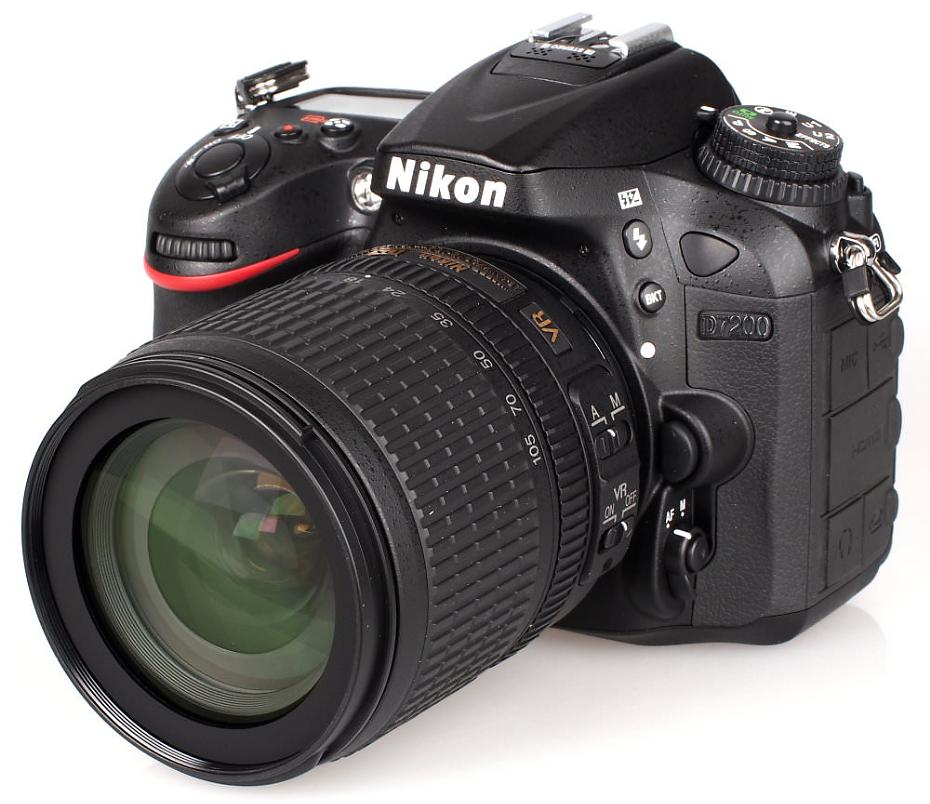
The 24.2 megapixel DX sensor enables high speed shooting at 6fps shooting at full resolution, with a quicker 7fps continuous shooting mode at 1.3x crop giving 15.4 megapixel images. The camera sports dual SD card slots that are UHS-I 104 compatible, and on the back is the 3.2 inch screen with 1,229k dots, featuring a 1000:1 contrast ratio.
A new image processing engine, the EXPEED 4 image processor, adds clarity settings, as well as a new "Flat" picture mode, designed to record the maximum amount of dynamic range in stills and video to allow better post-processing.
An extended ISO range is available, along with updated video recording, that now supports 60 and 50p frame rates, at a 1.3x crop ratio.
In addition improved battery life of 1110 shots is possible, vs 950 on the D7100, yet the camera uses the same battery as the D7100, which will be beneficial to anyone who is upgrading or has spare batteries.

The D7200 features an 'i' button that gives quick access to settings on the back screen of the camera, and spot white balance is featured so that WB can be quickly set without the need of a grey card. The camera body features magnesium alloy and is weather sealed to the same standard as the Nikon D810. A virtual electronic horizon is available for shooting in portrait or landscape view, and the shutter mechanism has been tested for 150,000 cycles.
Key Features
- 24.2 megapixel DX format CMOS sensor
- APS-C with no OLPF (Optical Low Pass Filter)
- EXPEED 4 image processor (new)
- ISO sensitivity of 100-25600, extendable to 102400 B&W (new)
- AF system: 51 focus points, 15 cross-type, up to f/8, -3EV Multi-CAM 3500FX II
- 6fps continuous shooting, 7fps with 1.3x crop function
- 2,016-pixel RGB metering sensor with Scene Recognition
- Full HD Movie: 1080p up to 60p/50p (cropped) and 30p/25p/24p, Stereo mics built into body
- Microphone / Headphone sockets
- High performance viewfinder: with approximately 100% frame coverage and 0.94x magnification
- 3.2inch 1229k-dot RGBW screen
- Durable body with magnesium alloy covers: sealed for dust, weather and drop resistance
- Dual SD memory card slots
- 'i’ button and Spot White Balance for quick and precise white balance setting in Live View
- Active D-Lighting (ADL): retains details in highlights and shadows for well-balanced images
- High Dynamic Range (HDR): combines two shots within a single shutter release to create detailed images of high contrast scenes
- Effects Mode: allows selected effects to be applied to both stills and movies in Live View
- Picture control updated to include "Flat" as well as Clarity control (new)
- Timelapse video creation (new)
Nikon D7200 Handling
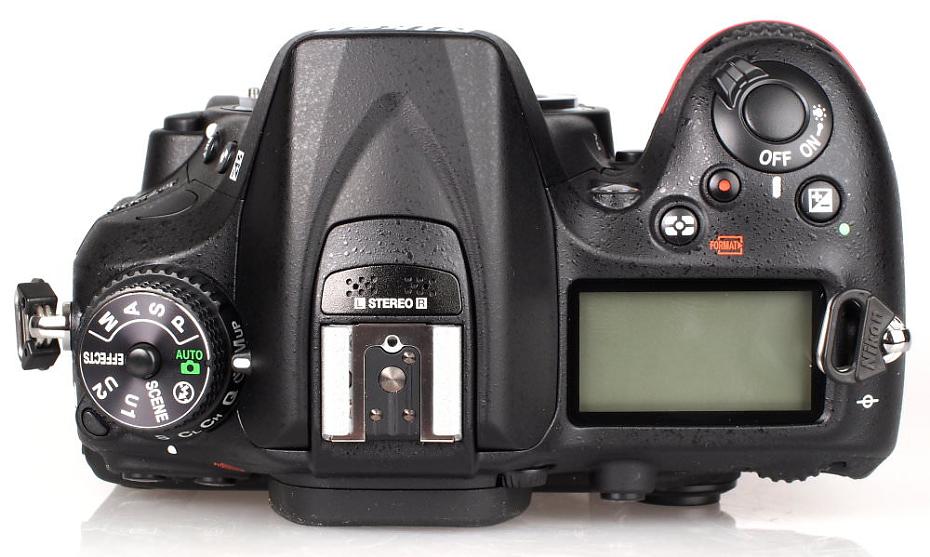
Handling - The Nikon D7200 has very few changes to the design compared to the D7100 and feels comfortable to hold, and is reasonably compact for a top of the range APS-C sensor weather sealed Digital SLR, although is still larger than compact digital SLRs from Pentax and Nikon. It has rubberised front and rear hand grip, and these feel good in the hand, giving the thumb more to grip onto on the back. There are ample buttons on the rear, top and front to give direct access to a number of settings, and there is a front and rear control dial to quickly set or adjust aperture and shutter speeds in manual shooting modes. The camera weighs 675g body only, the same as the D7100.
The 'i' button on the back gives quick access to controls on the rear screen of the camera. The mode dial features a lock, as well as drive mode dial surrounding this, also with a locking button that needs to be pressed before the dial can be changed.
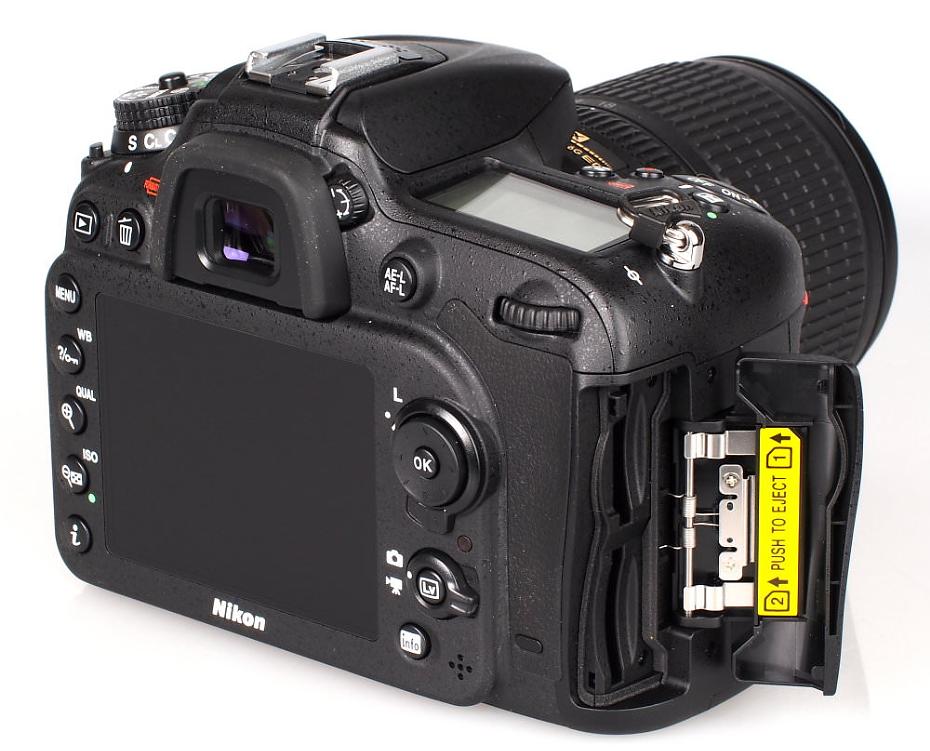
Menus – These should be familiar to anyone who has used Nikon menu systems before, with options spread over seven main menus, each one colour coded, starting with playback, shooting, video, custom settings, setup, retouch and recent settings. The custom menus (below, left) gives all of the advanced settings and they are colour coded into sections as well. The right image below shows the rear screen when you press the i button to adjust settings.
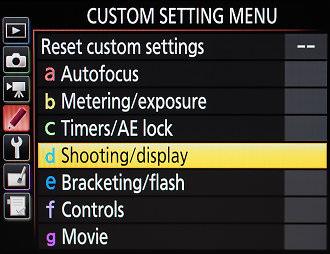 |
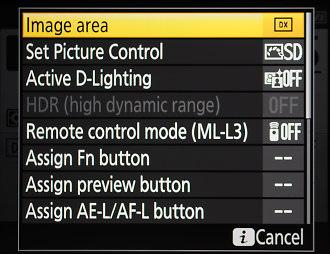 |
| Custom settings | i button pressed |
Wi-Fi features - NFC can be used to quickly setup a connection to your smartphone or tablet. The "Nikon Wireless Mobile Utility" is very basic, and is the same app used for other Nikon cameras. The app lets you remotely shoot, or view photos, and then transfer images. You can set the self-timer, but there are very few other options, and it's disappointing that the app is so basic considering how advanced the Nikon D7200 is.
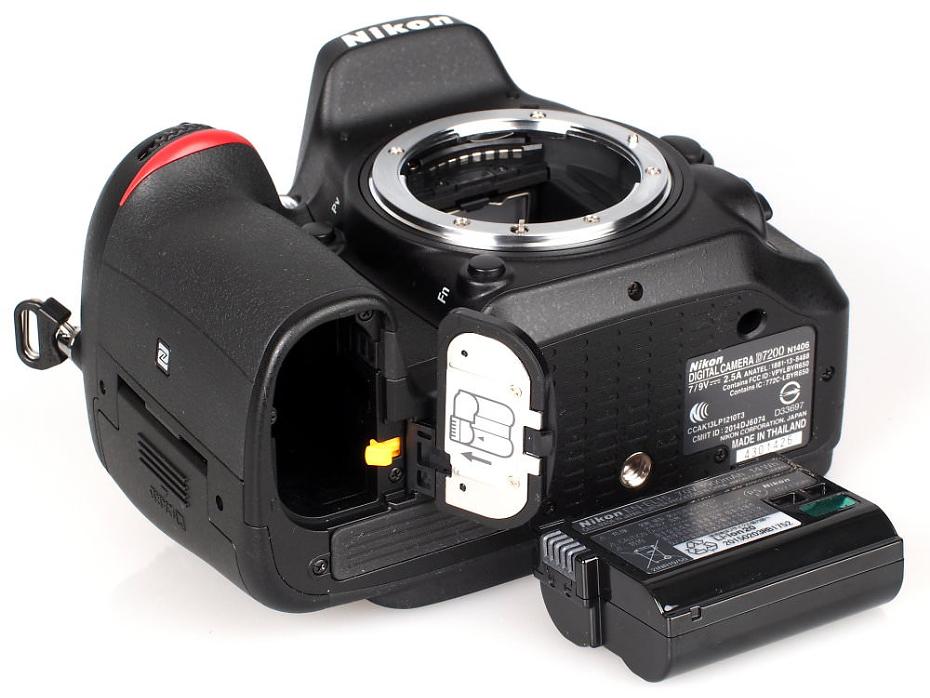
Battery life - The D7200 uses the EN-EL15 1900mAh battery, as used in a number of other Nikon cameras, including the D7100, D7000, D800, D800E and Nikon 1 V1. Battery life is rated at 1,110 shots, an improvement over the D7100's 950 shots, and the Nikon D7000's rating of 1050 shots.
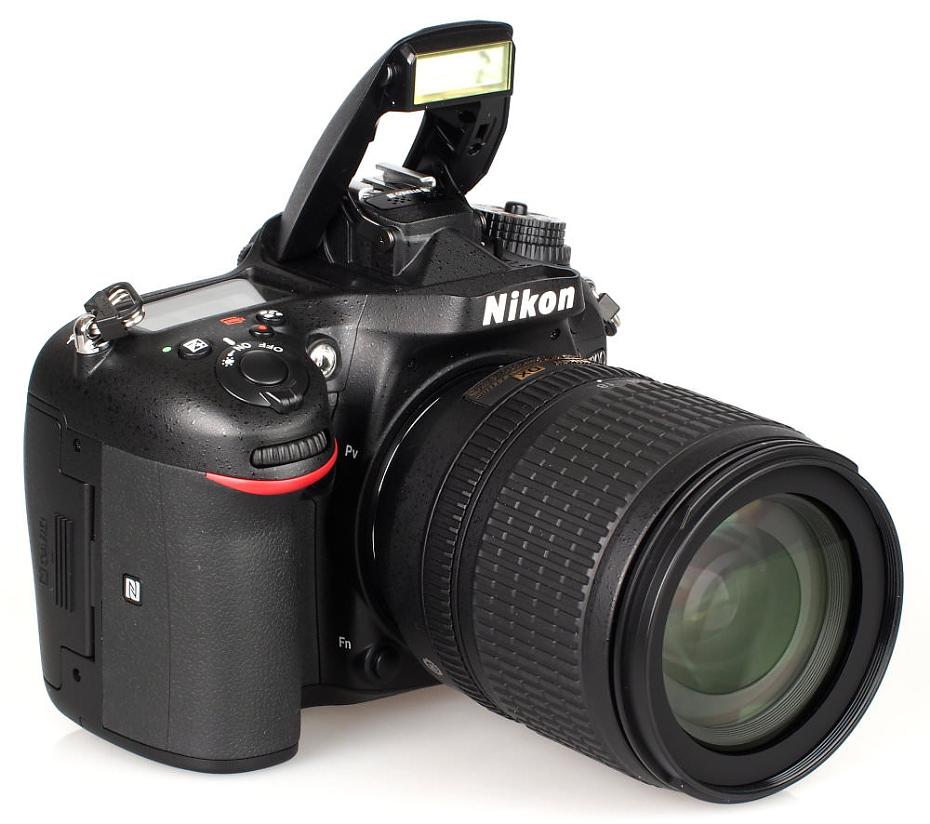
Speed - We took a number of shots to test the camera's responsiveness, from switch on to first photo, shot to shot, focusing speed etc. We take a number of shots and then use the average to ensure accurate and consistent tests, making it easy to compare with other cameras.
| Nikon D7100 | |
| Shutter Response | <0.05s (0.25s Live view) |
| Wide - Focus / Shutter Response | 0.2s (1.35s Live view) |
| Full zoom - Focus / Shutter Response | 0.25s (1.35s Live view) |
| Switch on Time to Taking a Photo | 0.3s |
| Shot to Shot without Flash | 0.4s |
| Shot to Shot with Flash | 0.7s |
| Continuous Shooting - JPEG (shots before slow down) |
5.78fps (38 shots, vignette, lens correction on) 6.0fps (38 shots, vignette, lens correction off) 6.8fps (52 shots, 1.3x crop, vignette, lc off) |
| Continuous Shooting - Flash | N/A |
| Continuous Shooting - RAW | 6.2fps (19 shots, 12bit) 5.4fps (13 shots, 14bit) 7.1fps (27 shots, 1.3x crop, 12bit) 6.2fps (20 shots, 1.3x crop, 14bit) |
Tested using 16GB Sandisk Extreme Pro 95MB/s U:1 card. Focus, shutter response, switch on time and shot to shot time are all excellent. Continuous shooting performance depends on whether you are shooting as JPEG or raw, or whether you are shooting in crop mode. If you are shooting in raw, then you can get better performance by shooting in 12bit raw, rather than 14bit. The amount of shots possible when shooting raw images has been improved since the D7100.
Nikon D7200 Performance
The performance section is where we look at the image quality performance of the camera. Additional sample photos and product shots are available in the Equipment Database, where you can add your own review, photos and product ratings.
Nikon D7200 Sample Photos
Sample Photos - The camera gives pleasing skin tones, with excellent results in the portrait shots, with no signs of red-eye when flash is used, although direct flash can be quite harsh. Colour is very good, and the camera delivers good levels of detail. Low light focus is impressive, and it's possible to shoot reasonable images even when shooting at ISO25600.
Nikon D7200 Lens test images
Lens Performance - The 18-105mm VR kit lens provides a useful zoom range, and has a closest focusing distance of 45cm, which is best when using the full telephoto zoom. Purple fringing is evident in areas of high contrast and worsens towards the corners, but is not an issue in the majority of shots. Barrel distortion is visible at the wide end of the lens and pincushion distortion at the telephoto end, although this can be corrected in camera by switching on the Auto Distortion Correction feature. Dynamic range is good, with the camera giving reliable exposure in a variety of conditions. Dynamic range can be extended using the Active D-Lighting option, or alternatively the built in HDR shooting mode.
Nikon D7200 ISO test images
ISO Noise Performance - Noise performance is excellent with good results right up to ISO3200, with cleaner results at lower ISO settings than the D7100. It's at ISO6400 that noise becomes more noticeable, and detail suffers although results are still very good. At ISO12800 detail is lost further but results may still provide useful. Noise is worst at ISO25600 as expected, although noise performance is still good with the camera capable of producing usable images in low light. The extended ISO range of ISO51200 and ISO102400 are available in JPEG and black and white only.
Nikon D7200 White-balance test images
White Balance Performance - Auto White Balance (AWB) performance is good under tungsten light with a warm option available as well. A more neutral result is possible using the tungsten preset. AWB is again very good under fluorescent lighting, with the fluorescent preset giving a magenta result. White balance settings can be altered easily on screen.
Nikon D7200 Digital filters
Digital Filters - The camera doesn't feature a built in panoramic mode, instead you will need to do this manually on your computer. Effects on the mode dial lets you shoot with a number of different effects applied. The effects available are: Night vision, colour sketch, miniature, selective colour, silhouette, high key and low key. A number of additional effects can be applied in playback. Picture control lets you choose from standard, neutral, vivid, monochrome, portrait, landscape, or flat, and these can be customised letting you adjust sharpening, clarity, contrast, brightness, saturation and hue. HDR can be enabled in camera, when shooting JPEG only, with the option set to normal and high. There are additional settings of low and very high, or auto, and the camera will automatically combine 2 shots to create the shot.
Video - Video options are 1920x1080 resolution at 30/25/24p with higher video speeds available using the 1.3x crop mode at 1920x1080 and 60/50p. You can set the microphone sensitivity manually or leave it on auto, as well as set which SD slot you want videos recorded to. The highest ISO setting available in video mode is ISO25600, and built in VR in the lens helps keep hand-held videos steady. Focus during videos is possible with the press of the shutter release button, and even in low light the camera performed well, as can be seen in the video below.
Value For Money
The Nikon D720 was introduced with an RRP of £939 body only, making it more expensive than some of the competition. Other weather sealed cameras at a similar price point to the D7200 include the following:
Canon EOS 70D, 20mp, 7fps, Wi-Fi, vari-angle screen, £749 body only
Canon EOS 7D Mark II, 20mp, 10fps, GPS, £1449 body only
Sony Alpha A77 Mark II, 24mp, 12fps, Wi-Fi, NFC, £765 body only
Pentax K-3, 24mp, 8.3fps, £769 body only
Olympus OM-D E-M5 Mark II, 16mp, 10fps, Wi-Fi, vari-angle screen, £899 body only
Panasonic Lumix GH4, 16mp, 12fps, Wi-Fi, NFC, vari-angle screen, 4K video, £1135 body only
Fujifilm X-T1, 16mp, 8fps, Wi-Fi, tilting screen, £879 body only
Samsung NX1, 28mp, 15fps, Wi-Fi, NFC, tilting screen, 4K video, £1299 body only
You'll also need to buy a memory card and a case or bag to keep your camera safe and protected - have a look at our complete guide to camera bags.
Nikon D7200 Verdict
The Nikon D7200 is a minor update to an already impressive Digital SLR, with improvements in a number of important areas, including ISO performance, (with an impressive ISO102400 option), improved video performance, improved focus performance, which is quick and accurate, even in low light, and there are improvements in the number of continuous shots possible before the camera slows down.
However, there will be many who will be disappointed that Nikon aren't able to offer a DX camera with quicker than 6/7fps (DX/crop) continuous shooting, particularly as this has been the quickest speed possible since the original D7000 in 2010. Particularly as the competition from both traditional Digital SLRs, as well as Compact System Cameras has significantly moved on in recent years, with no other DSLR or CSC at this price point offering such a low continuous fps speed. The cheaper Canon EOS 70D is the slowest alternative, with 7fps, but this is offered at full resolution, whereas the 7fps mode on the D7200 is when 1.3x crop is used, producing 15.4mp images.
In terms of image quality, the Nikon D7200 performs exceptionally well, with a 24mp APS-C sensor with no OLPF, which will give high resolution images with excellent levels of detail. However, this is something many other DSLRs now offer, including Nikon's own entry level D3300, and D5500. One thing unique about the new D7200 is the extended ISO modes, with the camera shooting colour at up to and including ISO25600, and then offering black and white shooting at ISO51200 and ISO102400. These are the highest ISO settings available on any APS-C sensor camera.
The addition of Wi-Fi has become extremely important for cameras to be competitive, and the addition of this to the D7200 is extremely welcome, making it easy to transfer and share images from your smartphone or tablet, however the implementation, and the extremely limited wireless mobile utility app, is about as basic as they come, with competitors offering far more useful features (such as timelapse shooting, and control over camera settings).
Overall the Nikon D7200 is a camera that performs well, with good image quality, and the camera offers useful updates over the previous model, however, the updates over the D7100 may not be enough to tempt users to upgrade. For those with the D7000, the D7200 would make an excellent upgrade, but for owners of the D7100, you may want to wait for the next version. On it's own, if you have an older camera, or other Nikon lenses, then the Nikon D7200 is the best performing APS-C sensor Nikon to date and offers a compelling package of features, with a solid weather-sealed body and a great 3.2inch screen.
An updated 51 point focus system ensures focus is rapid and reliable, with the camera responding quickly, even in low-light. The camera features 6fps shooting, which can be increased to 7fps when using 1.3x crop mode, although this isn't as quick as other cameras in this category. Thanks to the 24 megapixel sensor, without OLPF, correct technique and attention to detail is important to achieve the sharpest results, as well as using high quality lenses, but for those that are looking to get the best image quality possible, the additional effort is well worth the time.
Nikon D7200 Review: The Nikon D7200 is capable of producing images with excellent detail and quality, in a rapid weather sealed body with built in Wi-Fi.
